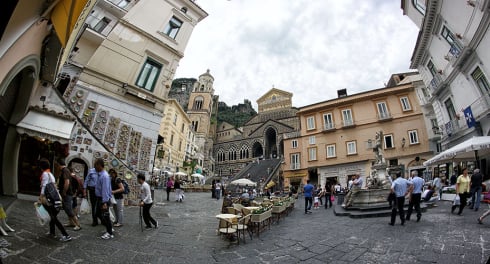
Photo 1 - The Alburni Mountains, with their majesty and beauty, represent one of the naturalistic treasures of Campania. The name derives from the white rocks of limestone origin that characterize them, making them unique in their kind. They are located in the northern part of the Cilento, Vallo di Diano and Alburni National Park and offer breathtaking natural spectacles.
The southern side, gentler and less steep, is home to extensive beech forests, pastures and karst plains. The latter, interrupted by sinkholes, cavities and roadways, are the most spectacular manifestations of the karst phenomenon. The caves in the area have been inhabited since the Neolithic and represent a historical testimony of inestimable value.
Photo 2 - 3 Piazza Duomo represented one of the most important places in the urban center in medieval times and was called Platea Nova. The Platea was built in the last quarter of the 13th century following the covering of the Canneto river. In addition to the numerous shops, the ancient cathedral and, during the Norman period, the Palazzo Pubblico with the adjoining chapel of S. Pietro a Curte overlooked the Platea Nova, later replaced by the Archbishop's Seminary, characterized by the sundial on the facade, founded in 1635 by Archbishop Pichi. On the west side of the square, the staircase leads to the atrium of the S. Andrea Apostolo Cathedral. The construction of the current Romanesque facade on which the Neapolitan architects Enrico Alvino and Guglielmo Raimondi worked was completed in 1891 to replace the baroque one which collapsed in 1861.
Photo 4 - Sorrento Coast - Panoramic view of the Gulf of Naples and Vesuvius.
Visualizza Montella sulla mappa - View Montella on the map Visualizza Laceno sulla mappa - View Laceno on the map
© Copyright 2024 Vincenzo Avagliano - Reproduction of the photos without permission is strictly prohibited.
enzo.avagliano@libero.it - enzo.avagliano@vincenzoavagliano.com